Surag Nair
Derivative-Free Guidance in Continuous and Discrete Diffusion Models with Soft Value-Based Decoding
Aug 15, 2024



Abstract:Diffusion models excel at capturing the natural design spaces of images, molecules, DNA, RNA, and protein sequences. However, rather than merely generating designs that are natural, we often aim to optimize downstream reward functions while preserving the naturalness of these design spaces. Existing methods for achieving this goal often require ``differentiable'' proxy models (\textit{e.g.}, classifier guidance or DPS) or involve computationally expensive fine-tuning of diffusion models (\textit{e.g.}, classifier-free guidance, RL-based fine-tuning). In our work, we propose a new method to address these challenges. Our algorithm is an iterative sampling method that integrates soft value functions, which looks ahead to how intermediate noisy states lead to high rewards in the future, into the standard inference procedure of pre-trained diffusion models. Notably, our approach avoids fine-tuning generative models and eliminates the need to construct differentiable models. This enables us to (1) directly utilize non-differentiable features/reward feedback, commonly used in many scientific domains, and (2) apply our method to recent discrete diffusion models in a principled way. Finally, we demonstrate the effectiveness of our algorithm across several domains, including image generation, molecule generation, and DNA/RNA sequence generation. The code is available at \href{https://github.com/masa-ue/SVDD}{https://github.com/masa-ue/SVDD}.
TF-MoDISco v0.4.4.2-alpha: Technical Note
Oct 31, 2018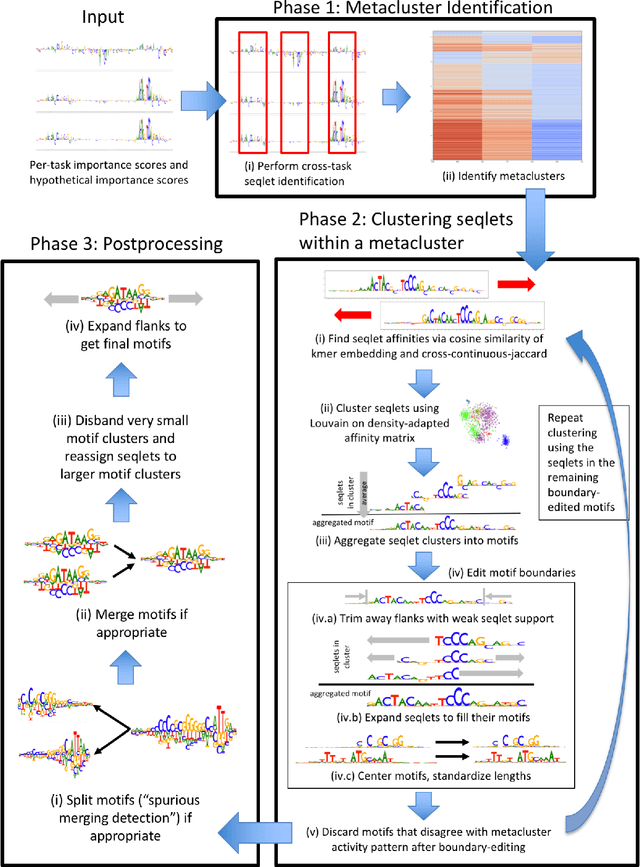
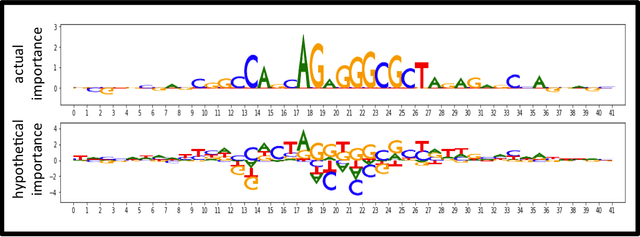
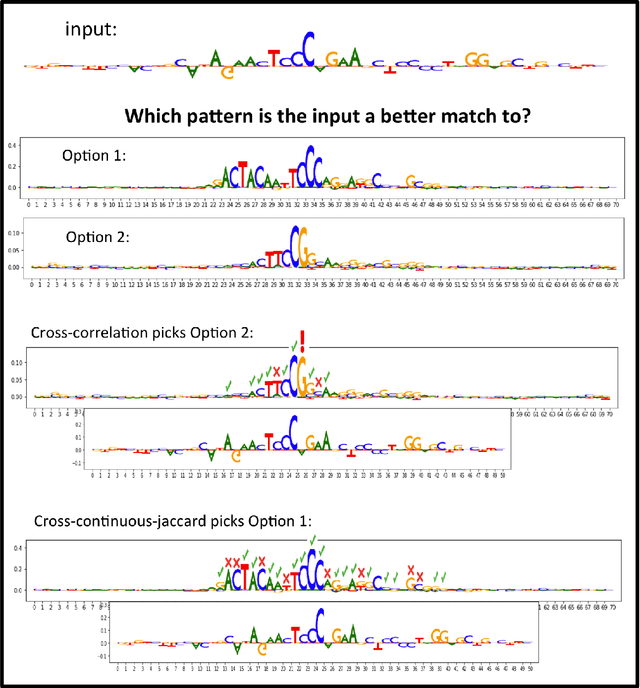
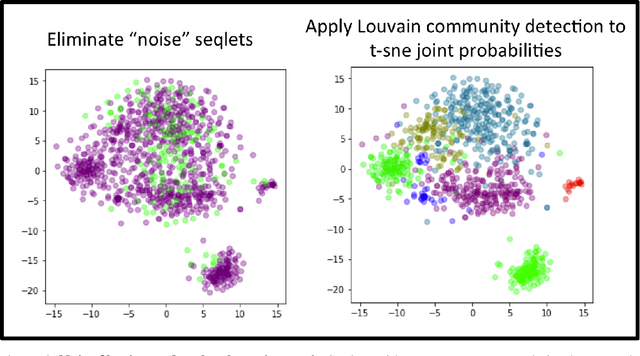
Abstract:TF-MoDISco (Transcription Factor Motif Discovery from Importance Scores) is an algorithm for identifying motifs from basepair-level importance scores computed on genomic sequence data. This paper describes the methods behind TF-MoDISco version 0.4.4.2-alpha (available at https://github.com/kundajelab/tfmodisco/tree/v0.4.2.2-alpha).
A Biomedical Information Extraction Primer for NLP Researchers
May 10, 2017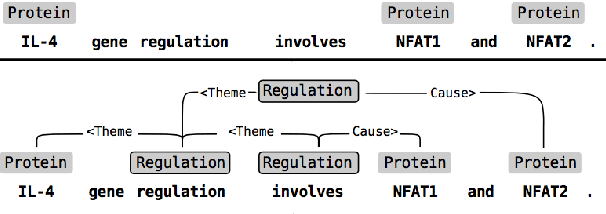
Abstract:Biomedical Information Extraction is an exciting field at the crossroads of Natural Language Processing, Biology and Medicine. It encompasses a variety of different tasks that require application of state-of-the-art NLP techniques, such as NER and Relation Extraction. This paper provides an overview of the problems in the field and discusses some of the techniques used for solving them.
 Add to Chrome
Add to Chrome Add to Firefox
Add to Firefox Add to Edge
Add to Edge